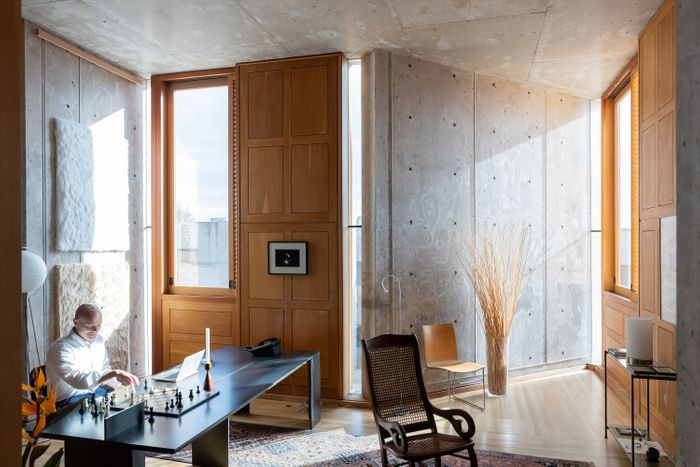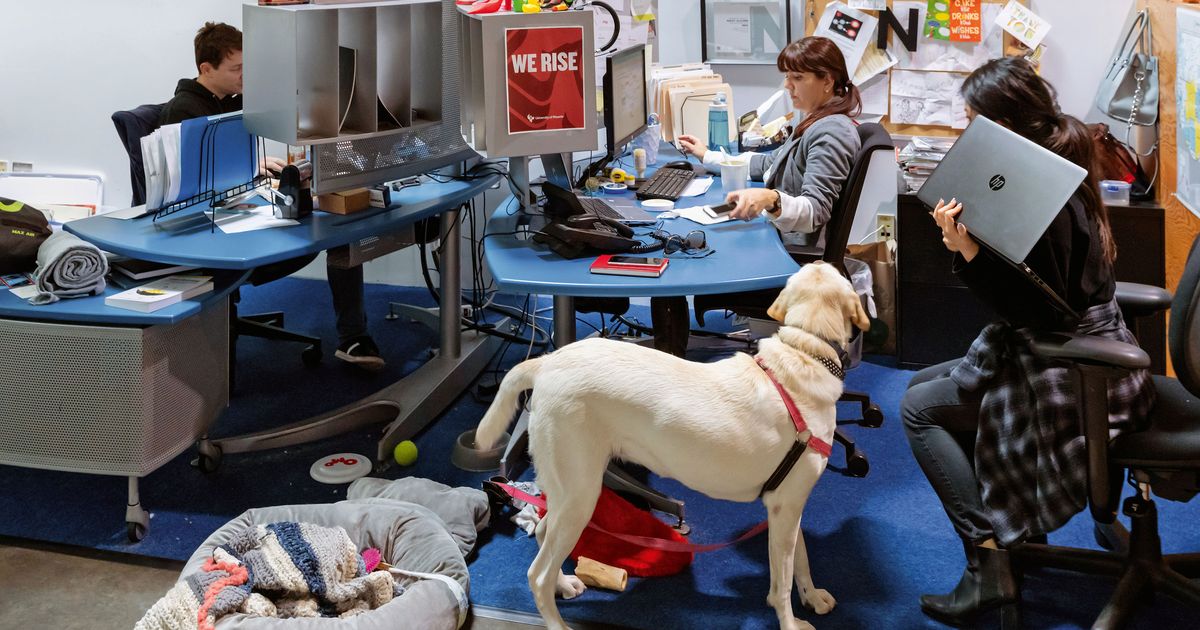Review: ‘The Office of Good Intentions,’ by Idenberg & Suen

In olden days, offices grew as the world shrank. Sunset-free empires and vast trade networks released oceans of paperwork that in turn created a demand for record-keepers, copy-makers, storage systems, evolving technologies of communication, and the real estate to accommodate them all. Offices became the material manifestation of trust. If you knew that a man in a dark suit, sitting in a big stone building at a reputable address in London, had signed a particular document, it endowed that piece of paper with weight and reliability, even in New York or Kathmandu. Great distances also necessitated proximity. Serried rows of clerical workers, insurance adjusters, and financial analysts churned out figures that affected lives and fortunes in far-flung time zones. Five afternoons a week, those white-collar forces scattered, repopulating neighborhoods and suburbs that spread out from office-tower canyons. This weekday web, laced together by telephone, ticker tape, elevator, subway, and commuter train, made the modern city make sense.

Idenburg and Suen, their prose fleshed out by dozens of photographs by Iwan Baan, careen through a dizzying assortment of situations: the pajama-clad guru Hugh Hefner fashioning the Playboy aesthetic from his circular command-post bed; unseen cleaners agitating for more humane conditions in L.A.; server farms humming in the desert; suburban office parks; the job-networking extravaganza that is Burning Man; Andy Warhol’s Factory; research labs trying to emulate the inspiration-friendly conditions of Archimedes’ bathtub; dog-friendly cubicle grids; high-tech towers; purportedly ergonomic furniture designed for the nonexistent average body.
Source: Review: ‘The Office of Good Intentions,’ by Idenberg & Suen